Differences between Icr and Inr Lithium Batteries
ICR (lithium cobalt manganese oxygen) and INR (lithium nickel manganese cobalt oxygen) are two common lithium battery types, they have certain differences in chemical composition, performance characteristics, applicable scenarios, etc. This article will introduce the differences between ICR and INR lithium batteries to help readers better understand these two types of lithium batteries.
1. Chemical composition
- ICR lithium battery: ICR lithium battery is a lithium battery with lithium, cobalt, nickel, manganese and other elements as its main components, and its cathode material is usually cobalt manganese oxide. ICR lithium battery has high energy density and specific energy, which is suitable for applications with high energy density requirements.
- INR lithium battery: the INR lithium battery is a lithium battery mainly composed of lithium, nickel, manganese, cobalt and other elements, and its cathode material is usually nickel manganese cobalt oxide. INR lithium battery has high power density and cycle life, which is suitable for applications with high requirements on power output and cycle life.
2. Performance characteristics
- ICR lithium battery: ICR lithium battery has high energy density and specific energy, but the power density is relatively low, which is suitable for applications with high requirements on capacity and endurance mileage, such as electric vehicles, portable electronic devices, etc.
- INR lithium battery: the INR lithium battery has high power density and cycle life, can provide stable high power output and long cycle life, and is suitable for applications with high requirements on power output and cycle life, such as electric tools, electric vehicles, fast charging, etc.
3. Security
- ICR lithium battery: ICR lithium battery has poor safety under the conditions of high temperature, overcharge, overdischarge, etc., and is prone to safety problems such as thermal runaway and explosion. Strict protection circuits and safety measures are required.
- INR lithium battery: compared with ICR lithium battery, INR lithium battery is more reliable in safety, and has better safety performance such as high temperature resistance, overcharge and overdischarge, with higher safety.
4. Cycle life
- ICR lithium battery: the cycle life of the ICR lithium battery is generally short, and the capacity will gradually decrease after multiple charge and discharge, and the battery needs to be replaced more frequently.
- INR lithium battery: the cycle life of the INR lithium battery is relatively long, and it can withstand more charge and discharge cycles. The capacity remains relatively stable and the service life is longer.
5. Cost
- ICR lithium battery: because the cost of ICR lithium battery is relatively low, it is suitable for mass production and popularization, and the price is relatively cheap.
- INR lithium battery: The cost of INR lithium battery is relatively high, but due to its high performance and safety, it is suitable for applications with high performance requirements.
By understanding the differences between ICR and INR lithium batteries in chemical composition, performance characteristics, safety, cycle life and other aspects, we can select the appropriate type of lithium batteries according to specific requirements. No matter for applications requiring high energy density or applications requiring high power output and cycle life, there are corresponding lithium battery types to choose from.
 Dongguan Juneng New Energy Technology Co., Ltd.
Dongguan Juneng New Energy Technology Co., Ltd.
 137 5142 6524(Miss Gao)
137 5142 6524(Miss Gao)
 susiegao@power-ing.com
susiegao@power-ing.com
 Xinghuiyuan High tech Industrial Park, Dalang Town, Dongguan City, Guangdong Province
Xinghuiyuan High tech Industrial Park, Dalang Town, Dongguan City, Guangdong Province


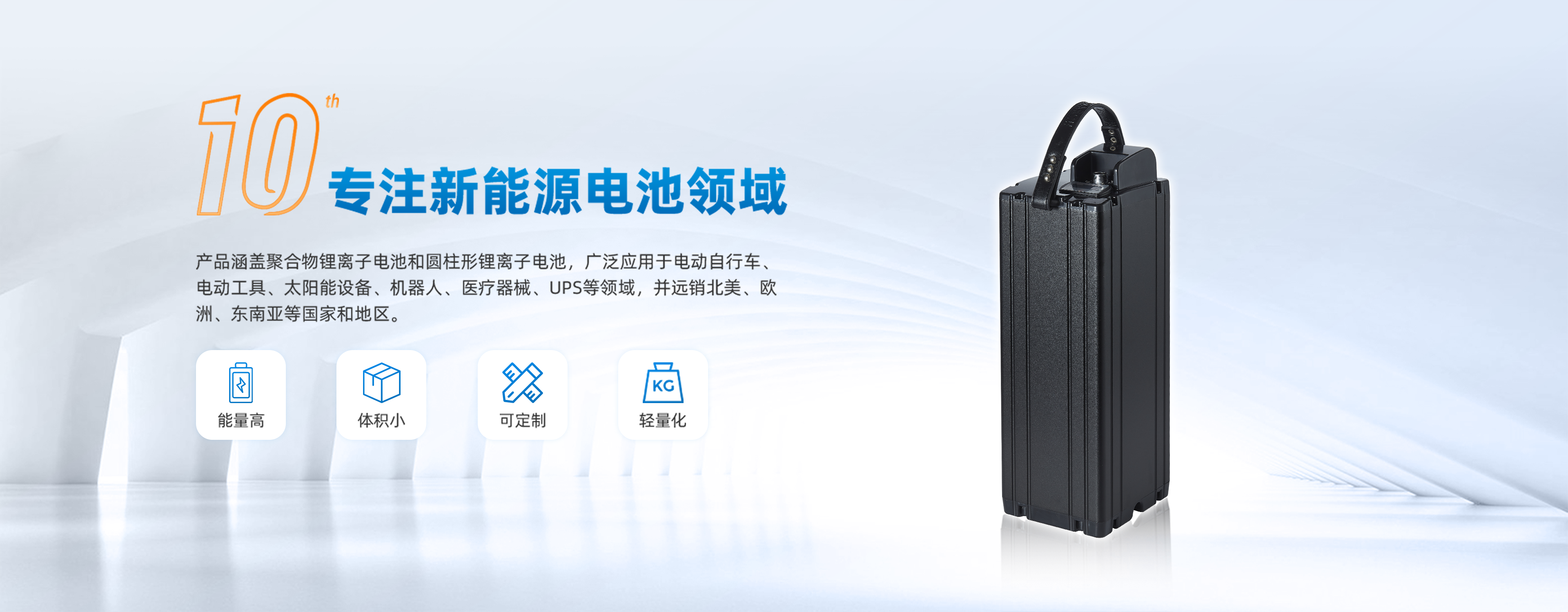
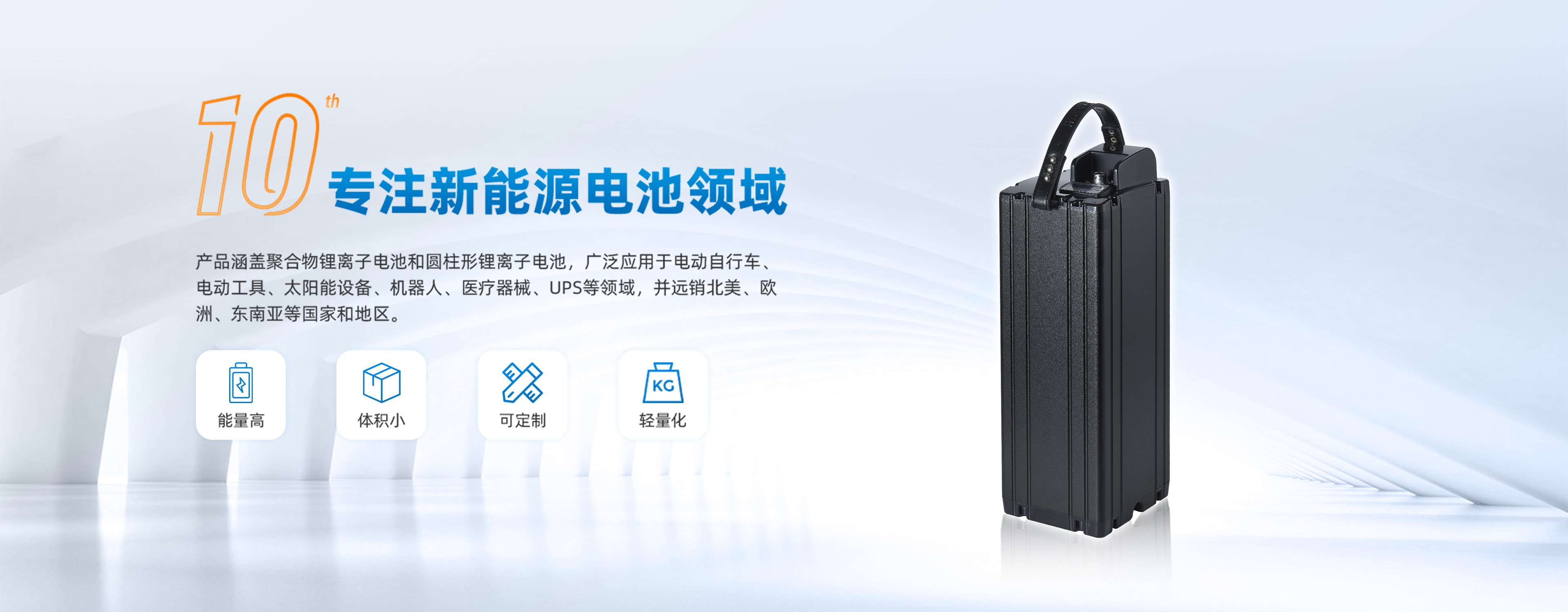
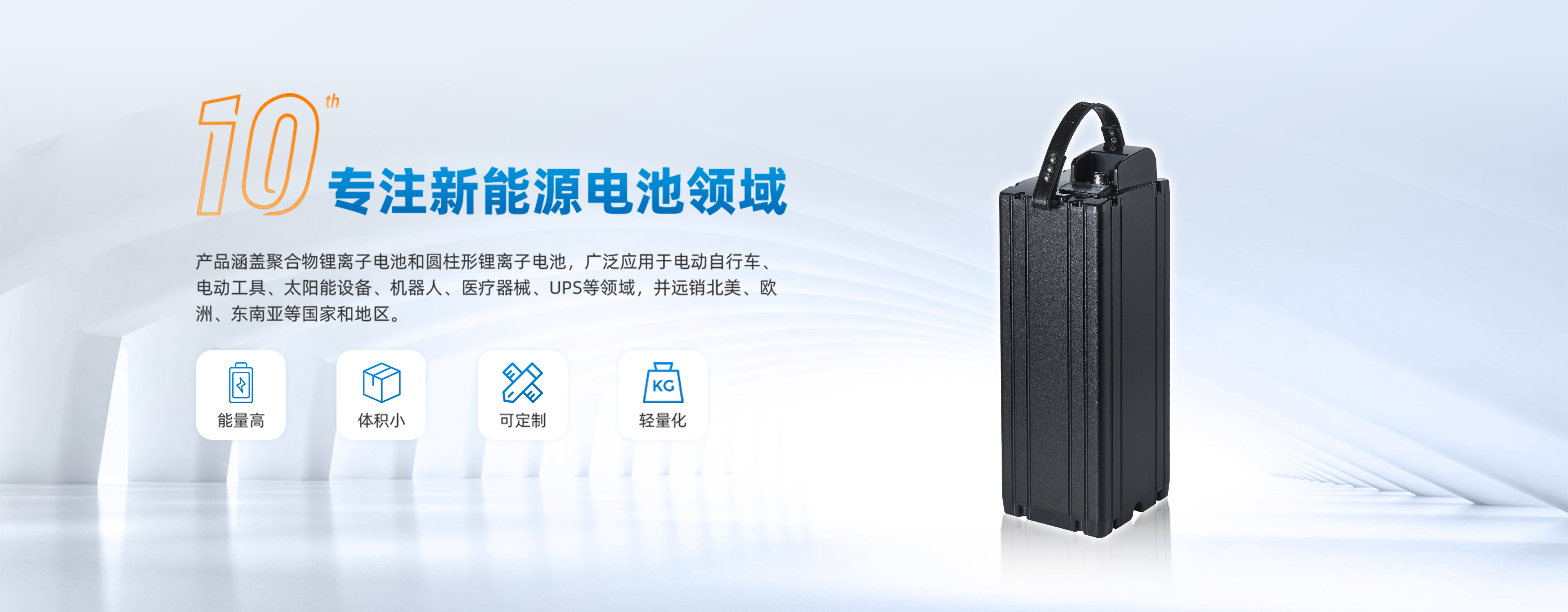



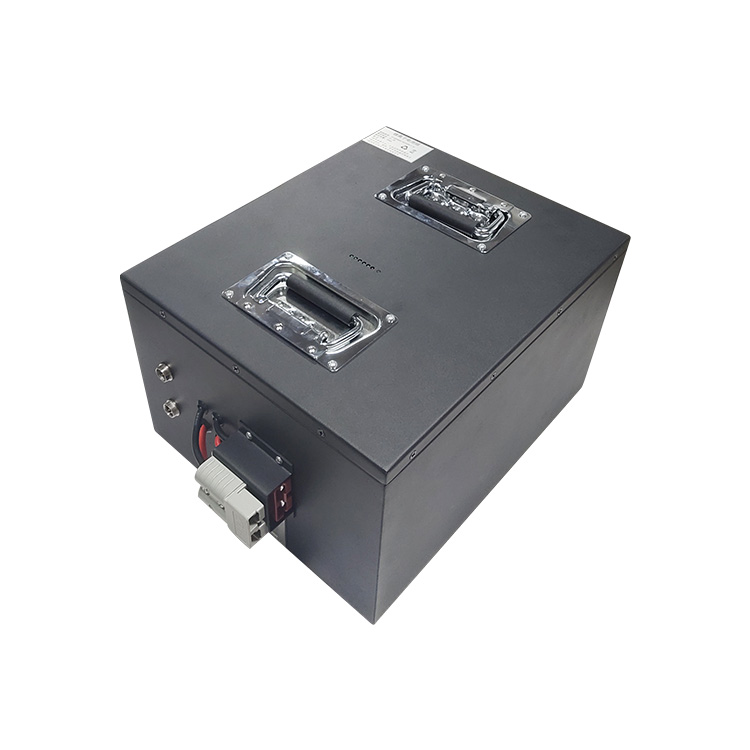


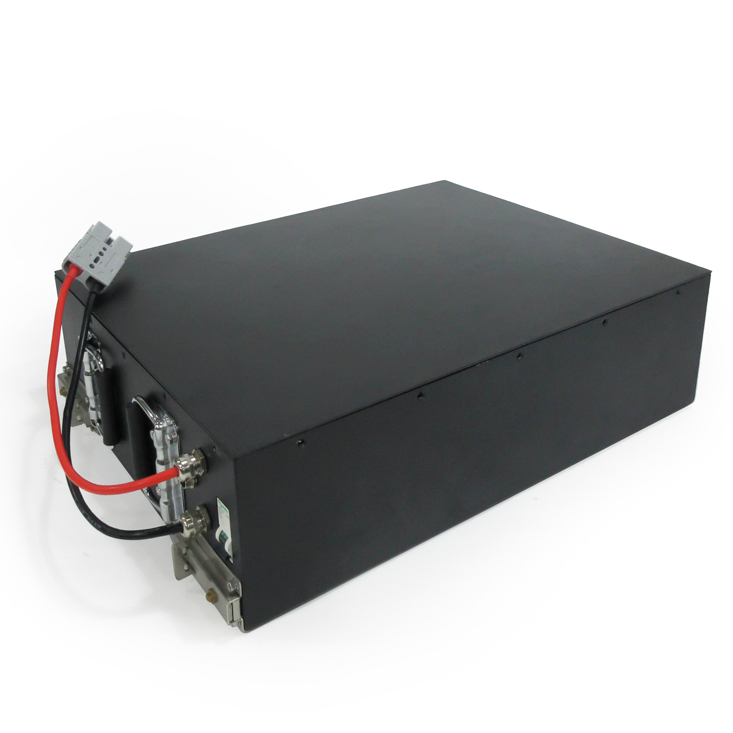

 Yue Gong Wang An Bei No. 4419002007491
Yue Gong Wang An Bei No. 4419002007491